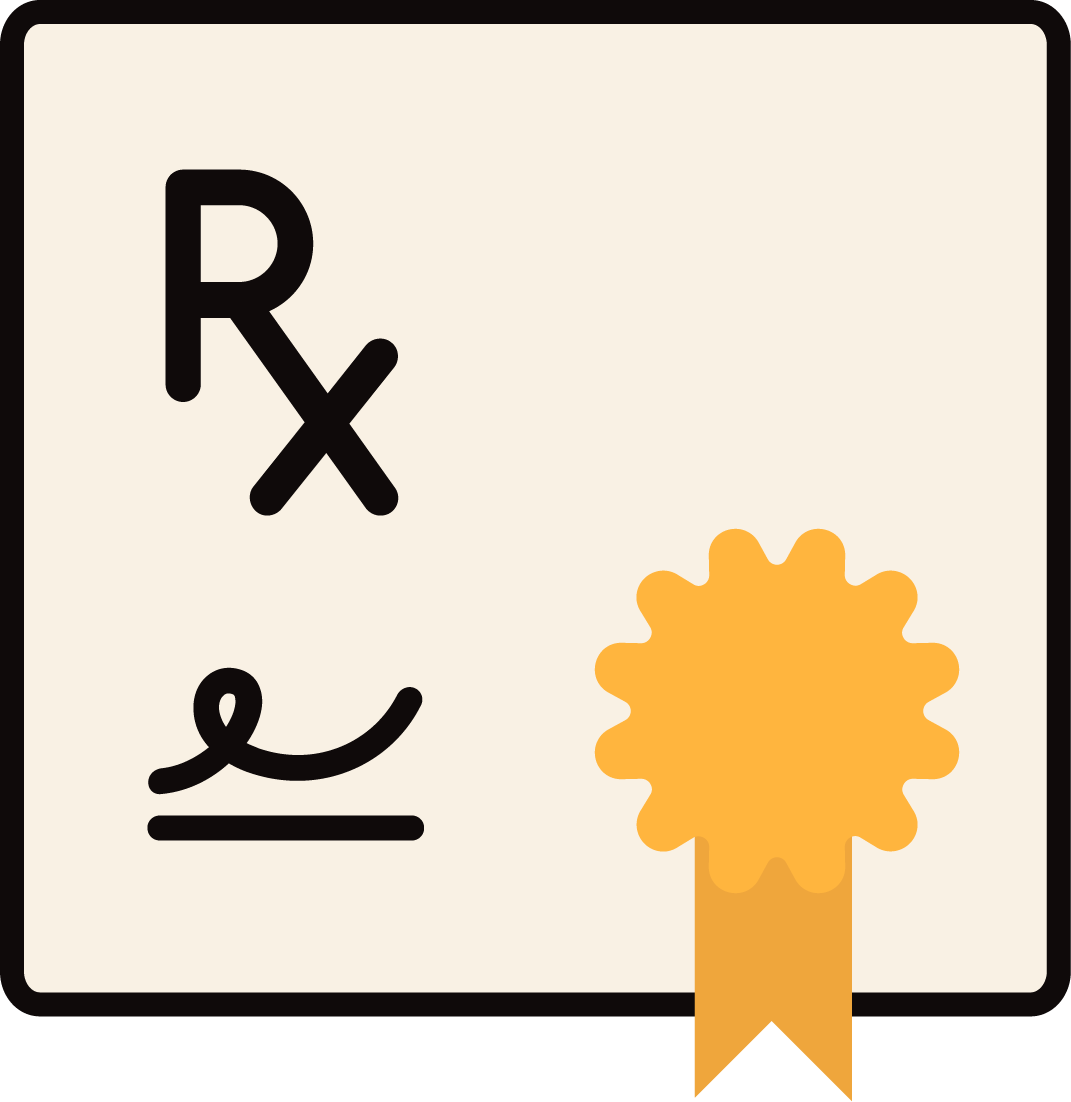We’ve just re-submitted this course for accreditation. Feel free to start the course now, but in order to receive your CE hours, you’ll need to wait for the re-accreditation to complete in order to take the assessment and earn your hours.
To begin your course, select a lesson on the syllabus below:
Course Content
Access your courses at no cost to you via the Scripted platform itself:
Login with your credentials (app.scripted.co) and select the “Scripted Academy” button in the top-right of your dashboard screen to open the site in a new tab.
You will be automatically logged in with access to available course – no need to create a separate account.
Email support@scripthealth.co if you need assistance.
Not with Scripted, but interested? Learn more about what Scripted can do for your pharmacy.
